
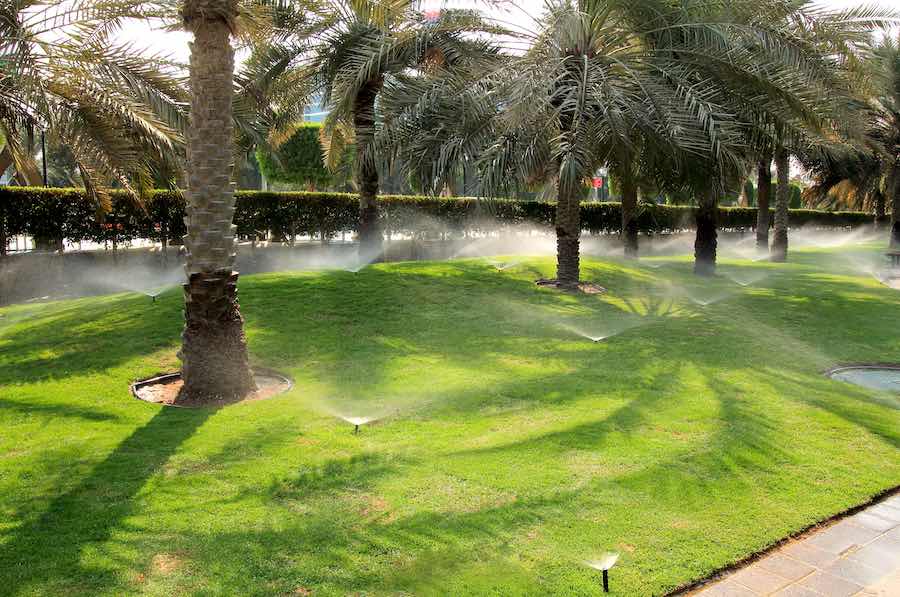
We’ve published many articles discussing the virtues of smart irrigation systems, drawing on our years of experience delivering smart pump systems for clients ranging from homeowner associations and residential communities to golf courses, commercial developments and tourist attractions.
A quick look at some of our case studies will underline the comprehensive nature of the what constitutes a smart system - from the technology that monitors the pump station to controllers, timers, pipes, points of connection, filters, monitors and sensors to sprinklers - integrated into a single network that delivers irrigation in a tightly controlled manner.
The word ‘control’ lies at the heart of smart irrigation. The gathering of real time data on all aspects of water transfer and delivery offers full control over when and where irrigation is delivered because the data provides information on exactly how much water is needed at any given time.
By monitoring variables like moisture levels in the soil, and combining this with external factors like rainfall, it's possible to ensure that the exact amount of water needed to maintain healthy vegetation is delivered.
In addition to controlling delivery, constant monitoring means that problems like blocked filters, leaks or clogged sprinkler heads are much easier to troubleshoot as soon as they arise - and issues can be addressed well before irreversible damage to either components or entire systems is sustained. Not to mention preventing the waste of thousands of gallons of water.
While the benefits of smart irrigation can be clearly laid out on a theoretical basis, it’s still the case that many of the people charged with the responsibility of landscape irrigation hesitate when faced with the investment involved in smart systems. Here in Florida, an intelligent pump system must be designed, manufactured and installed not only to go the distance – but to protect the landscape from the increasingly volatile nature of Florida’s climate.

All too often the initial outlay required to replace or upgrade an existing system with smart solutions is deemed to be too high. Even when faced with a continuation of the alternative - struggling on with repeated, piecemeal repairs to an existing pump system.
The truth of the matter, however, is that any initial investment is going to pay for itself relatively quickly and many times over, in terms of savings on the amount of water and power used to irrigate, along with maintenance and repair costs.
Presenting this as a prediction is one thing, but it is also possible to draw on examples of smart systems in operation – in the United States and beyond – to demonstrate the kind of operational savings to be achieved.
One innovative use of a smart irrigation system was reported on earlier this year in Sydney Olympic Park, Australia. This pilot project, funded by local government, features a system using soil moisture and air temperature sensors to send data to AI technology - which then calibrates the irrigation supplied across the park. The minute changes that can be made in real time mitigate the impact of heat and drought to provide an appealing urban space which can be used safely and comfortably.
In all, the project featured 50 devices measuring temperature and humidity and 200 ‘smart soil’ devices; the data from these devices combined with local weather forecasts to predict when and for how long different sections of the park need to be watered.
This project represents the cutting edge of current smart irrigation technology, and the predicted impacts include more efficient use of water, streamlined maintenance processes and a reduced risk of asset failures.
Anyone interested in sampling the level of data gathered and presented by this particular smart irrigation project could log onto the park dashboard and access the information being gathered and presented in real time.
The fact that this was a large-scale public project in receipt of funding from the Government of New South Wales (as part of their Digital Restart funding) and Sydney Water means that it was able to access resources not yet available to the average irrigation system. What it does demonstrate, however, is the principle of smart irrigation delivering in practice and the degree of tailoring it is possible to deliver using the right technology.
What should also be borne in mind is the fact that today’s unaffordable kit tends to be tomorrow’s standard set-up (the computing power of a smartphone offers the clearest example of this) principle. Projects of this kind are invaluable when it comes to providing a roadmap for what our irrigation systems will be able to achieve in the future.
Many of the most advanced smart irrigation systems currently operating are being used in agricultural settings, where the correct amount of water being applied to the environment in question can make all the difference between success and failure.
The principles demonstrated by these systems can be applied in any setting, however, and a case study published by Delta Agrar, an agricultural business which has been operating across Europe, the Middle east and Asia since 1993, showcases these principles.
The case study in question looked at the irrigation of an orchard using a smart system featuring sensors in the soil and automation software.
One of the interesting aspects of the report into the use of smart irrigation was that it didn’t always result in every part of the orchard being watered less than had been the case prior to smart irrigation.
In some parts of the orchard less water was applied than had been the case and in other parts more water, because the smart system operated on the basis of the plants in question receiving the water they need – no more or less – at any given moment.
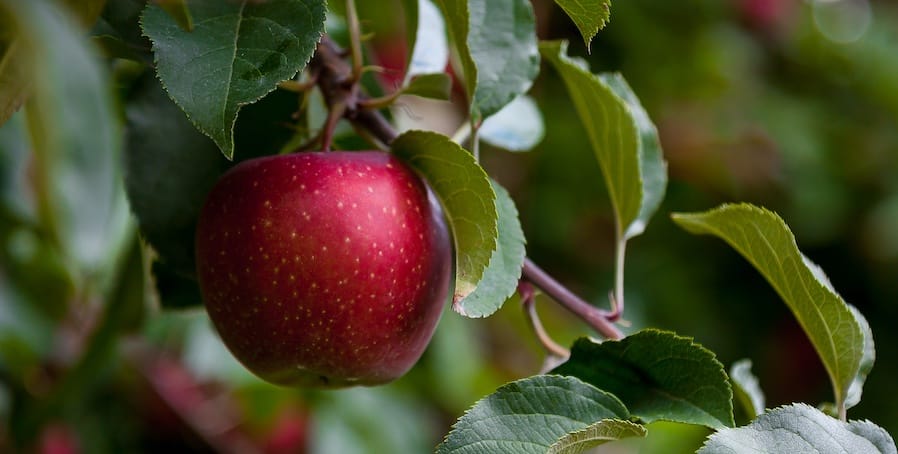
On the whole, the amount of water used in the orchard on an annual basis was reduced by 20% - 406,504 liters (roughly 89,418 gallons) – and this reduction was accompanied by energy savings due to reduced water pump use on those occasions when the data found that irrigation wasn’t needed.
In addition, costs were reduced in terms of less human interaction, with a smaller workforce needed to monitor the parts of the orchard in which the smart irrigation system was operating.
Similar benefits were realized by a project in the United Arab Emirates (UAE), a country which faces huge challenges in terms of water usage. In fact, the UAE has been listed as one of the top 10 most water-scarce countries in the world, and studies have shown that, using traditional irrigation systems, 60% of the water in question evaporates before it is absorbed by the plants.
The case study deals with the installation of a sustainable system for a community which utilized the following smart irrigation features:
The results of this project were that, over the initial 90 days following installation of the smart irrigation system, the following findings emerged:
Closer to home, the 9/11 Memorial Plaza in New York featured the planting of 400 swamp oak trees chosen to create a sense of hope and renewal. Trees like this wouldn’t naturally thrive in an urban setting of this kind, which meant that they had to be planted in troughs with the water supplied by smart irrigation.
This system features soil moisture sensors gathering data 24/7 in order to ensure the trees get the right amount of harvested rainwater and city water.
Without this method of water delivery and monitoring - particularly during the off-season or times of drought - the trees could not survive. As a result of the efficiency of this irrigation system, no trees have had to be removed from the site or replaced since planting took place in 2010.
On a nationwide basis, the EPA published statistics on the use of irrigation controllers which work with data on the weather in order to calibrate the amount of irrigation needed. The figures published were based on the 28 million homes across the United States which have in-ground sprinkler systems, traditionally operated using simple clock-based controllers.
According to the EPA, a switch to smarter controllers which work on the basis of data of local data and the condition of the landscape (i.e. moisture in the soil) could save 7,600 gallons of water every year for the average home, a figure which would amount to savings of $2.5 billion and 220 billion gallons of water across the country as a whole, due to the problem of overwatering having been dealt with.
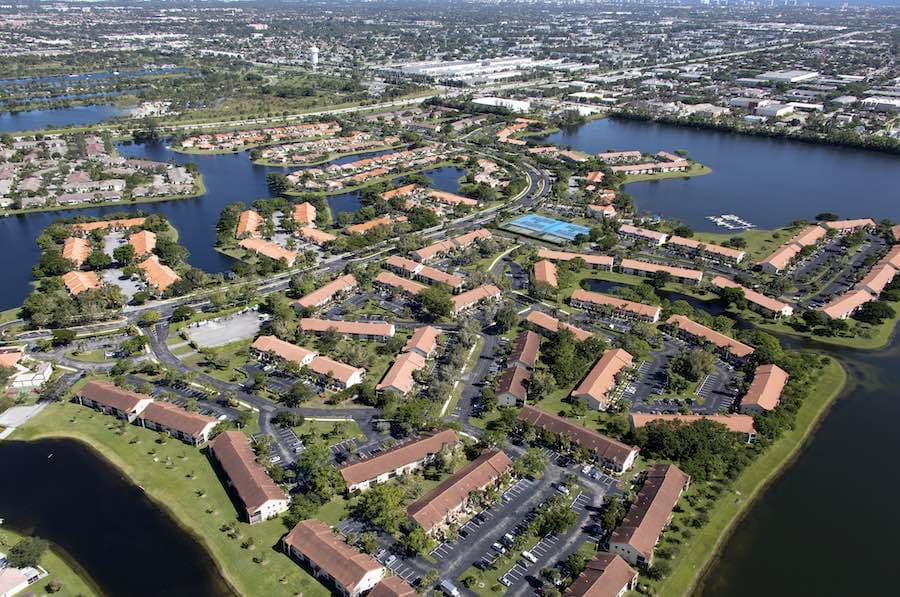
Furthermore, research carried out by the University of Florida showed that smart irrigation controllers, utilized by individual homeowners, can provide irrigation savings across the board of 70%-90% under normal Florida rainfall conditions and 30%-40% under dry conditions.
Figures of this kind, which apply to individual homeowners, are useful in terms of larger irrigation systems because they demonstrate, in practical and deliverable terms, the impact that smart irrigation tech can have.
When the potential water savings per household are multiplied by the number of irrigation zones present in any larger system then the figures soon become pretty much impossible to dismiss. The raw water usage data, of course, is only a small part of the benefit to be derived from smart irrigation, as all the studies quoted above demonstrate.
Here at Hoover we have our own hands-on experience of smart irrigation delivering practical outcomes. Our work at the Bellaggio Residential Community in Lake Worth, Florida, saw us replacing an irrigation system that wasn’t fit for purpose with a smarter alternative. The main issues faced by the community included a mainline that kept breaking and sod which needed to be replaced on an annual basis. All of the irrigation problems – from maintenance and repair costs to energy bills, sod replacement and fertilizer – stemmed from the use of 24 inefficient pump stations across the 560-acre site.
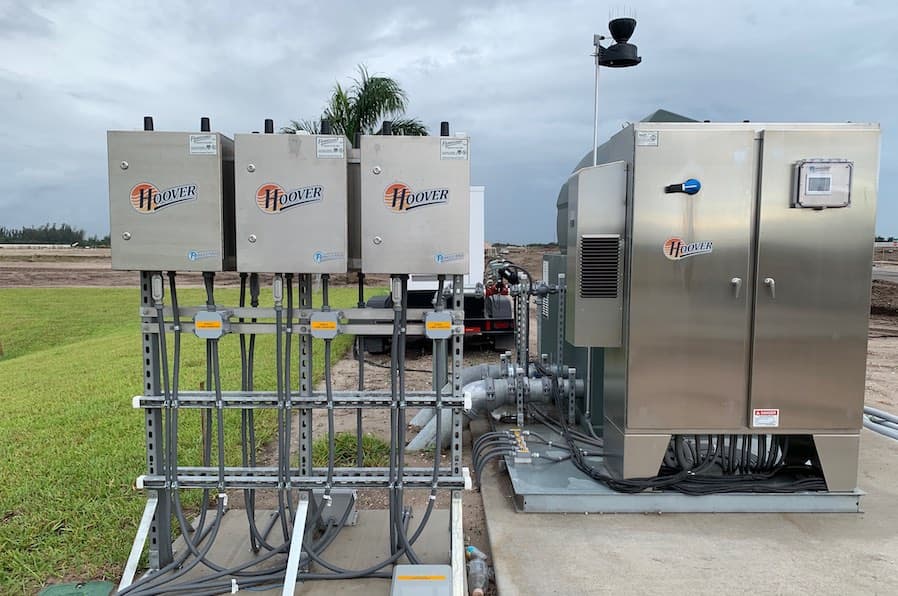
We replaced these pump stations with 10 Hoover pump stations, each with Hoover Flowguard integrated. Flowguard is the “smart heart” of any Hoover pump station; its data-gathering and embedded-intelligence capabilities, remote interface and reporting functionality allows them to manage their irrigation more effectively and efficiently. This complete irrigation solution is delivering the following for the community:
As well as savings on water and power, any smart irrigation system, delivering only the irrigation that's needed, will save money in terms of plant replacement and landscape maintenance. In addition, properly managed, smart monitoring will ensure that problems such as leaks are spotted and dealt with before they have the chance to become more seriously embedded.
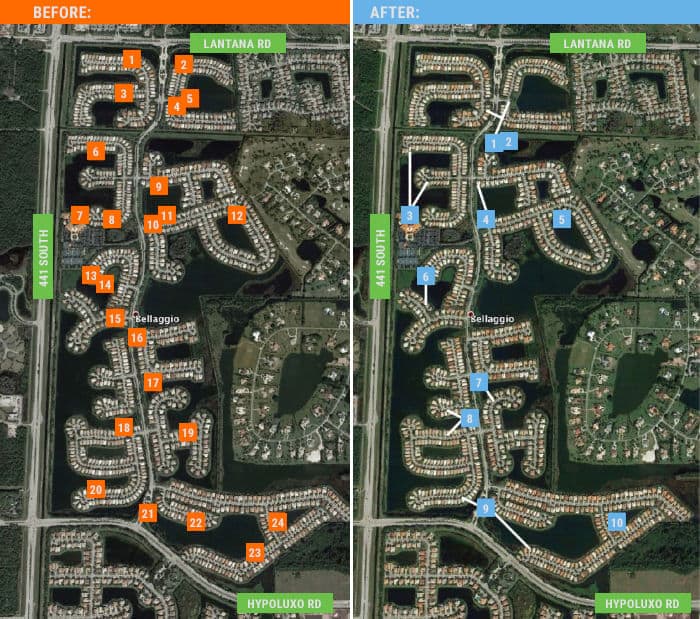
In short, every aspect of an irrigation operation will benefit - from fewer repair and maintenance costs to the system to ending the ceaseless cycle of turf replacement - and such things as a significant reduction in runoff caused by overwatering that necessitates the constant use of fertilizers.
To take an overview, the ongoing climate emergency, even with the most optimistic attitude, is likely to mean that the kind of water required for large scale irrigation in a place like Florida is going to become more expensive in the future, both in terms of price per gallon and the penalties for waste - along with premiums offered for more efficient usage.
In this scenario, even more so than is the case right now, smart irrigation is a choice which is paying for itself many times over. Exact figures will vary from case to case, but the simplest way of looking at the equation is that more efficiency equals lower costs and better results.